Scattered across the globe are tiny territories with grand ambitions—pint-sized “countries” that have declared independence despite lacking international recognition. These self-proclaimed micronations range from elaborate artistic statements to serious sovereignty experiments, each with unique constitutions, currencies, and peculiar claims to nationhood.
Here is a list of 20 micro-towns that have taken the bold step of declaring themselves independent nations.
Sealand
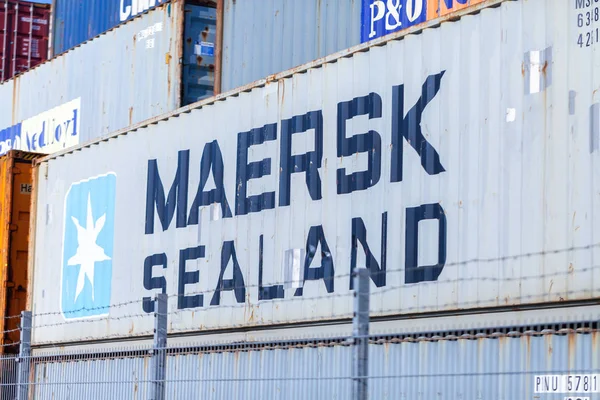
This abandoned World War II sea fort off the coast of Suffolk, England, became an independent principality in 1967 when former radio broadcaster Roy Bates occupied the platform and declared it sovereign territory. The 120×50-foot concrete and steel structure operates with its own passports, currency, and national athletes.
Sealand has survived diplomatic incidents, hostage crises, and even a brief military coup over its half-century history as the world’s most famous micronation.
Christiania
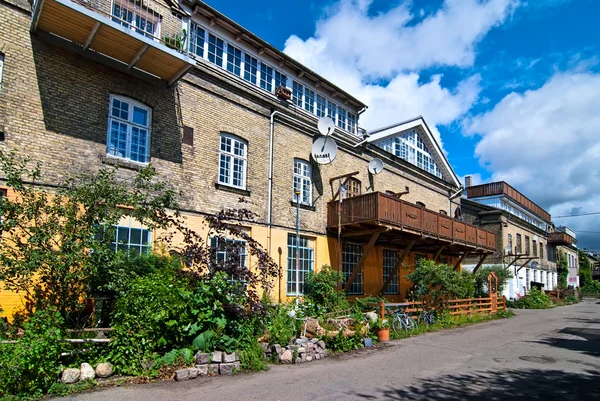
This self-proclaimed autonomous neighborhood within Copenhagen, Denmark, began in 1971 when squatters and artists occupied an abandoned military base. The 84-acre enclave established its own rules and governance system independent of Danish law, becoming famous for its vibrant art scene and controversial open cannabis trade.
Despite ongoing tensions with Danish authorities, Christiania’s 1,000 residents maintain their unique society with communal decision-making and prohibition of private vehicles, cameras, and hard drugs.
Hutt River Province
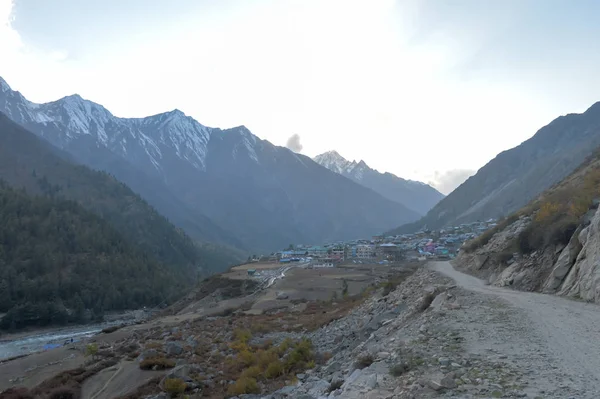
When Australian farmer Leonard Casley faced wheat production quotas threatening his livelihood in 1970, he responded by declaring his 75-square-mile property an independent principality. The micronation operated for 50 years with its currency, postage stamps, and passports, welcoming thousands of tourists annually.
Though Hutt River officially dissolved and rejoined Australia in 2020 following economic pressures and the founder’s death, it remains the longest-lived Australian micronation experiment.
The Republic of Molossia
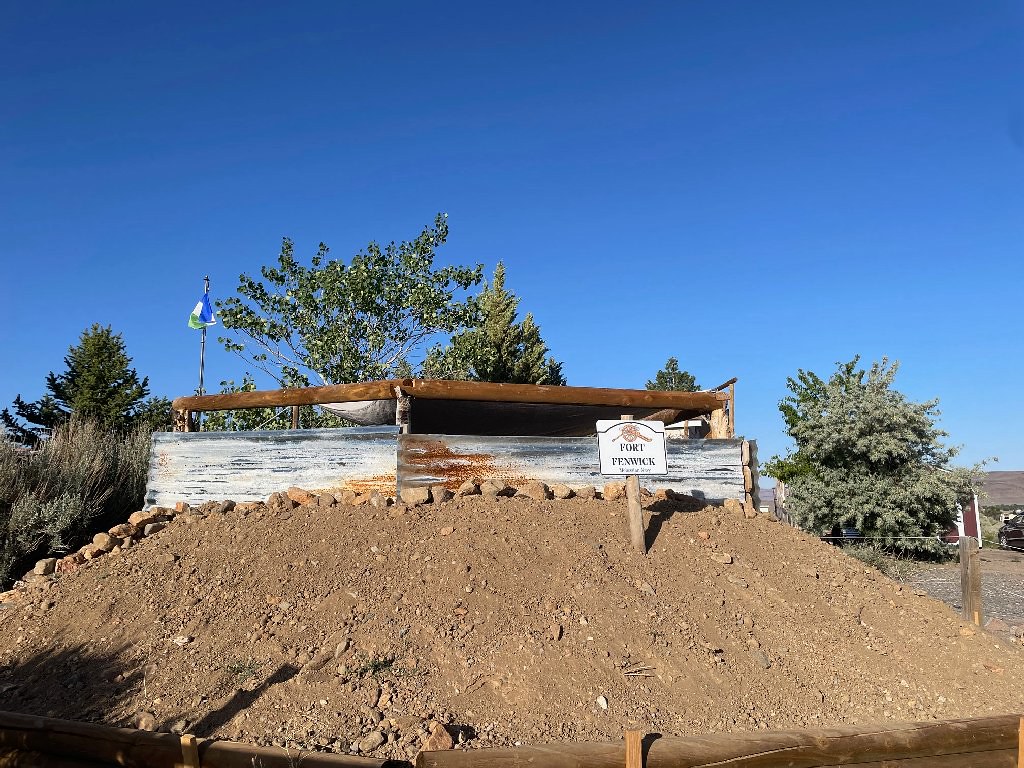
This 1.3-acre micronation near Reno, Nevada, functions as the elaborate project of self-appointed President Kevin Baugh. Complete with customs office, national bank, space program, and navy (consisting of inflatable boats on a local lake), Molossia takes itself just seriously enough to be charming.
The nation maintains its own time zone, holiday calendar, and currency pegged to the value of cookie dough, demonstrating how micronations often blend political commentary with playful imagination.
Seborga
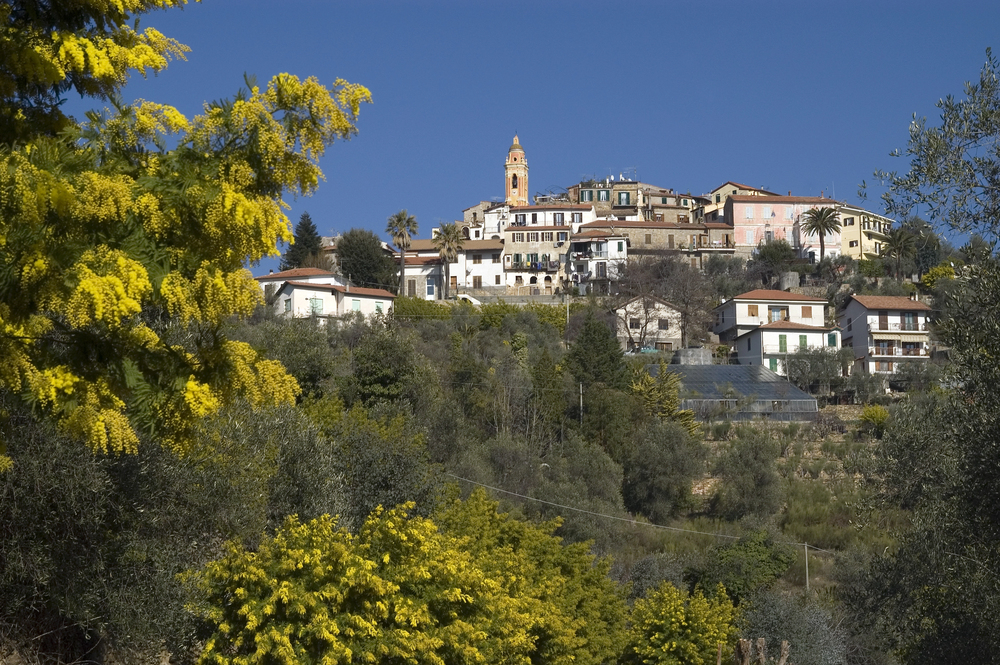
This picturesque Italian village of 320 residents has discovered historical documents suggesting they were never properly incorporated into modern Italy. The town elected its prince in 1963 and began issuing currency, stamps, and license plates based on its claimed sovereignty dating back to the Holy Roman Empire.
Despite functioning as part of Italy in practical matters, Seborga maintains its parallel identity, with blue-uniformed guards patrolling its medieval streets and a vibrant tourism economy built around its independence claim.
The Principality of Saugeais

This French micronation began as a joke in 1947 when a government official visiting the small village of Montbenoît was playfully asked for a passport by the local innkeeper. The official responded by naming the innkeeper president of the “Republic of Saugeais.”
The tradition stuck, evolving into a beloved cultural institution with its own customs, anthem, and ceremonial border crossings. Three generations of the same family have served as presidents, issued novelty passports, and hosted a micronation summit.
Užupis
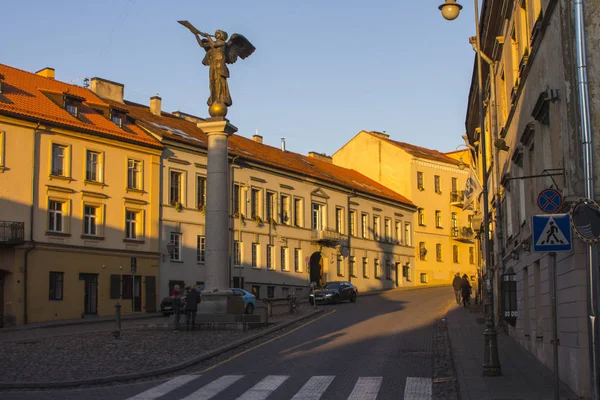
This bohemian district in Vilnius, Lithuania, declared independence on April Fool’s Day in 1997, transforming a once-neglected neighborhood into a thriving artistic community. The micronation’s constitution, displayed on public plaques in multiple languages, includes rights such as “Everyone has the right to be unique” and “A dog has the right to be a dog.”
With its flag, currency, and president, Užupis represents how declarations of independence can function as tools for community revitalization and cultural preservation.
The Kingdom of North Sudan

When American father Jeremiah Heaton discovered an unclaimed 800-square-mile patch of desert between Egypt and Sudan, he planted a flag. He claimed it as a new nation in 2014, all to fulfill his daughter’s wish to be a princess.
The arid territory remains uninhabited, with Heaton focusing on developing sustainable agriculture projects rather than actually moving there. The kingdom exists primarily as a family project and a point of discussion about unclaimed territories in modern international law.
The Conch Republic
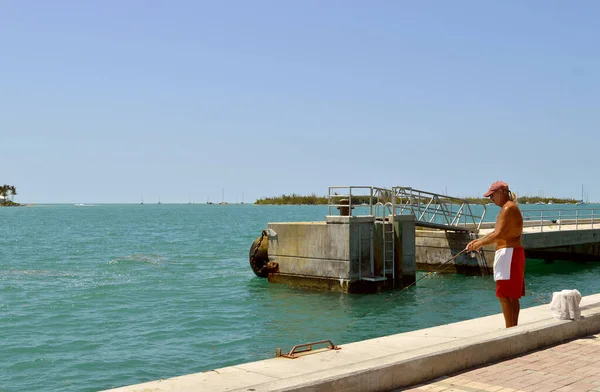
When the U.S. Border Patrol established a roadblock on the only highway connecting the Florida Keys to mainland America in 1982, frustrated Key West residents responded by declaring independence as the Conch Republic. The tongue-in-cheek secession included a ceremonial breaking of a loaf of bread over a naval officer’s head as their “declaration of war.”
Though resolved within days, the republic persists as a tourist attraction with its own passport stamps, navy, and annual independence celebrations.
Zaqistan
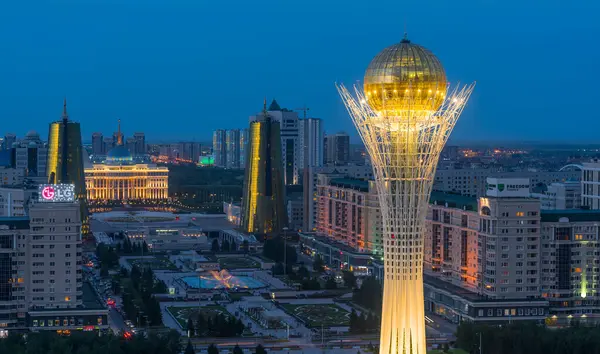
This remote two-acre plot in Utah’s high desert has functioned as an independent republic since 2005, when artist Zaq Landsberg purchased the land and declared it sovereign territory. The nation features border markers, a victory arch, and its flag. Landsberg issues passports and charges $40 for guided tours.
The project blurs the line between conceptual art installation and political commentary on the nature of statehood, with visitors receiving passport stamps upon entry.
Liberland
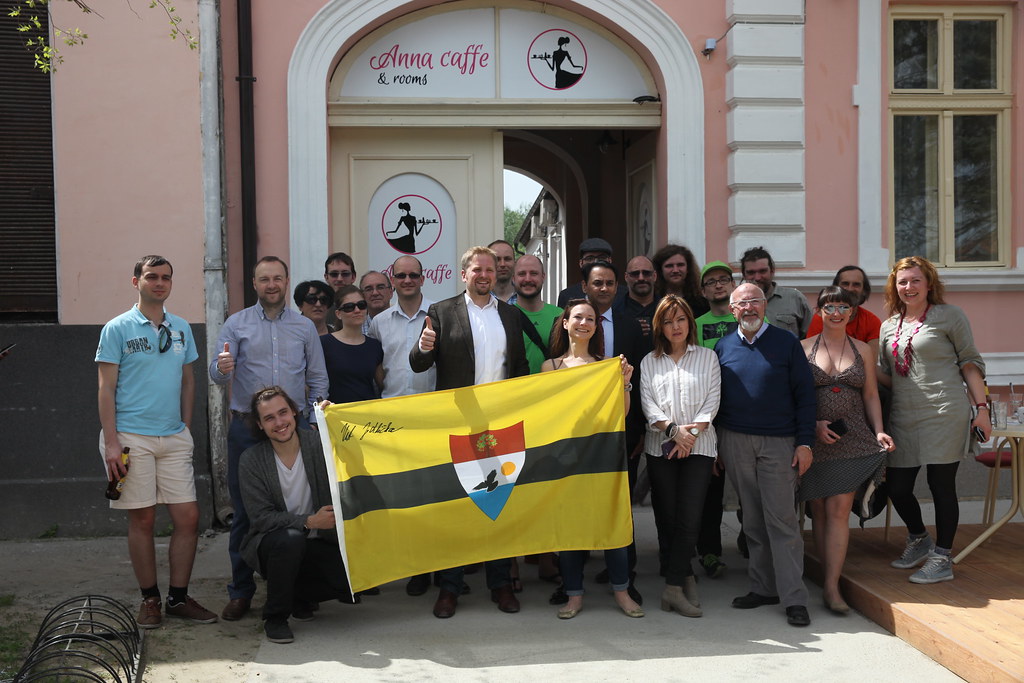
This uninhabited 2.7-square-mile area along the Danube River between Croatia and Serbia represents one of the more serious contemporary attempts at micronation building. Czech libertarian politician Vít Jedlička claimed the disputed territory in 2015, establishing a constitution emphasizing voluntary taxation and minimal government.
Despite having no permanent residents due to border controls preventing access, Liberland has received over 500,000 citizenship applications and holds international conferences promoting its libertarian vision.
The Kingdom of Elleore
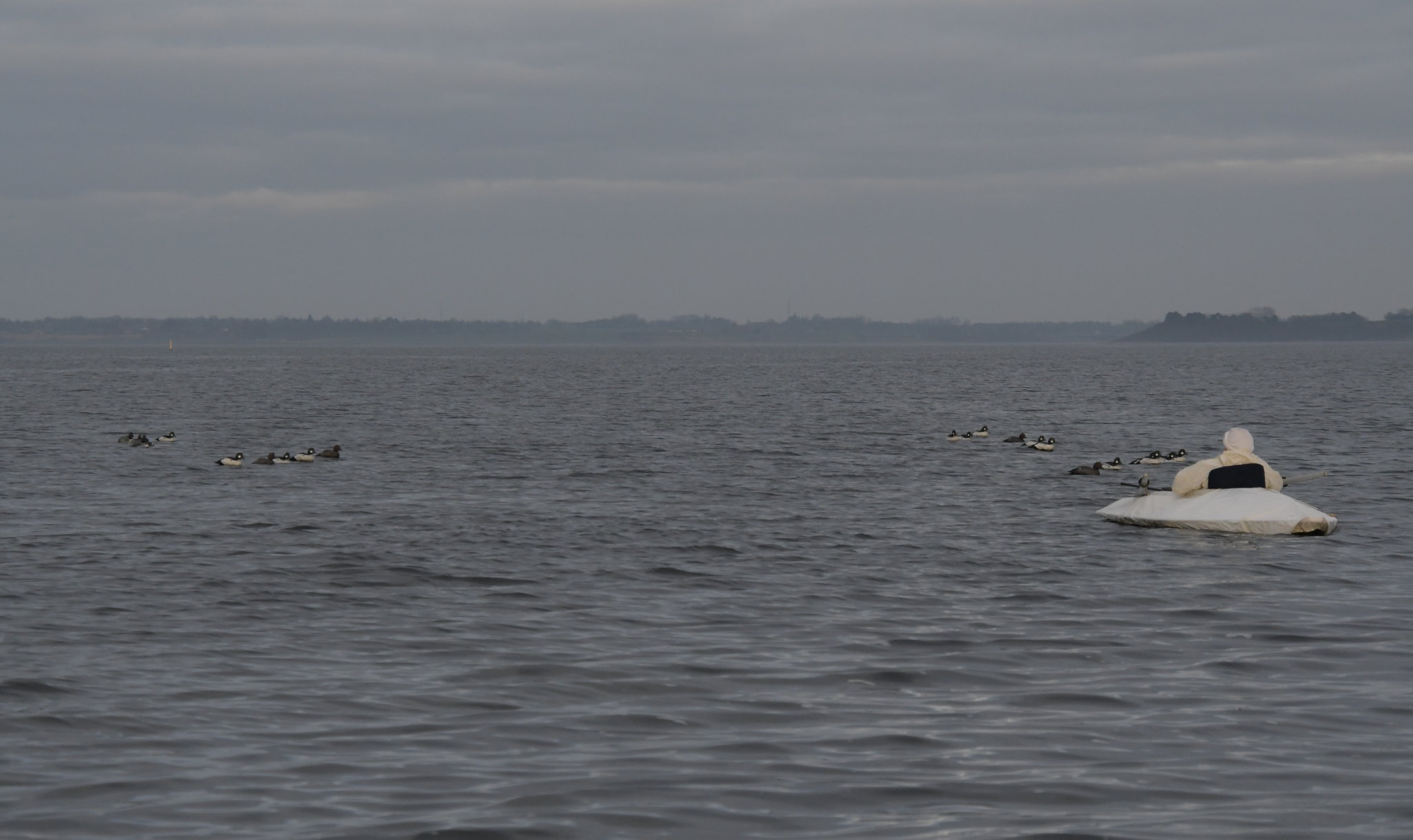
This tiny Danish island in Roskilde Fjord has existed as an independent kingdom since 1944, when a group of schoolteachers purchased it as a summer retreat. The kingdom maintains numerous whimsical traditions, including a ban on the novels of Jules Verne and its calendar where the week has eight days.
Members gather annually for a week of ceremonial events, including elections and knighthood ceremonies, demonstrating how micronations often function as elaborate social clubs with shared mythology.
Ladonia
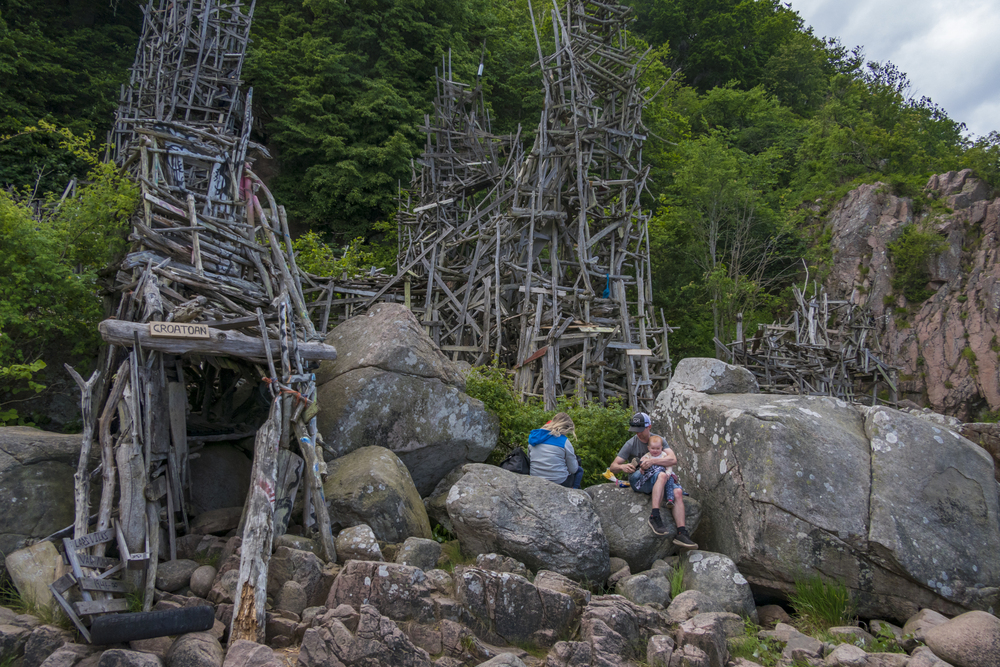
This micronation emerged from an art dispute when Swedish artist Lars Vilks constructed massive driftwood sculptures in a nature reserve without permission. When courts ordered their removal, Vilks declared the area an independent nation in 1996.
Though it exists primarily online with claimed citizens worldwide but no residents, Ladonia maintains elaborate governmental structures, including a queen, minister of art and jumping, and national holidays. The territory itself remains a rocky beach area within Sweden, displaying Vilks’ controversial art.
Westarctica
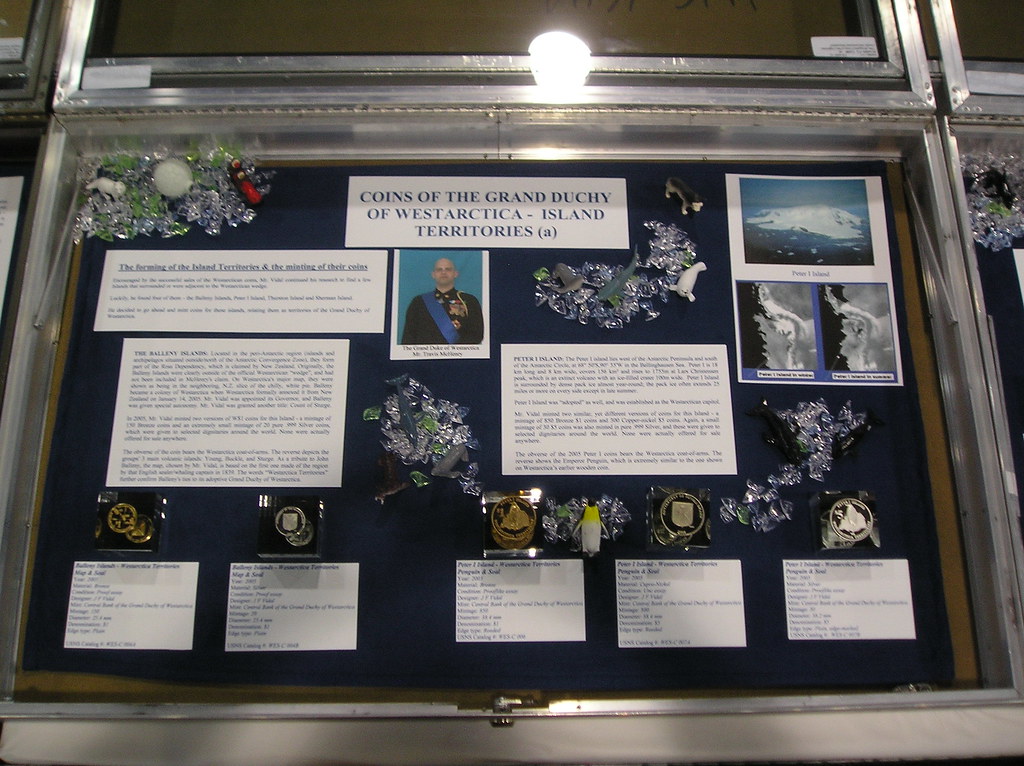
This ambitious micronation claims 620,000 square miles of Antarctic territory. It was founded in 2001 when American Travis McHenry exploited a loophole in the Antarctic Treaty. Though physically inaccessible to its founder, Westarctica has evolved from a personal project to a registered non-profit focused on climate change awareness.
The nation maintains diplomatic relations with other micronations, issues collectible coins, and grants noble titles to donors supporting polar conservation efforts.
The Federative Republic of Pontinha
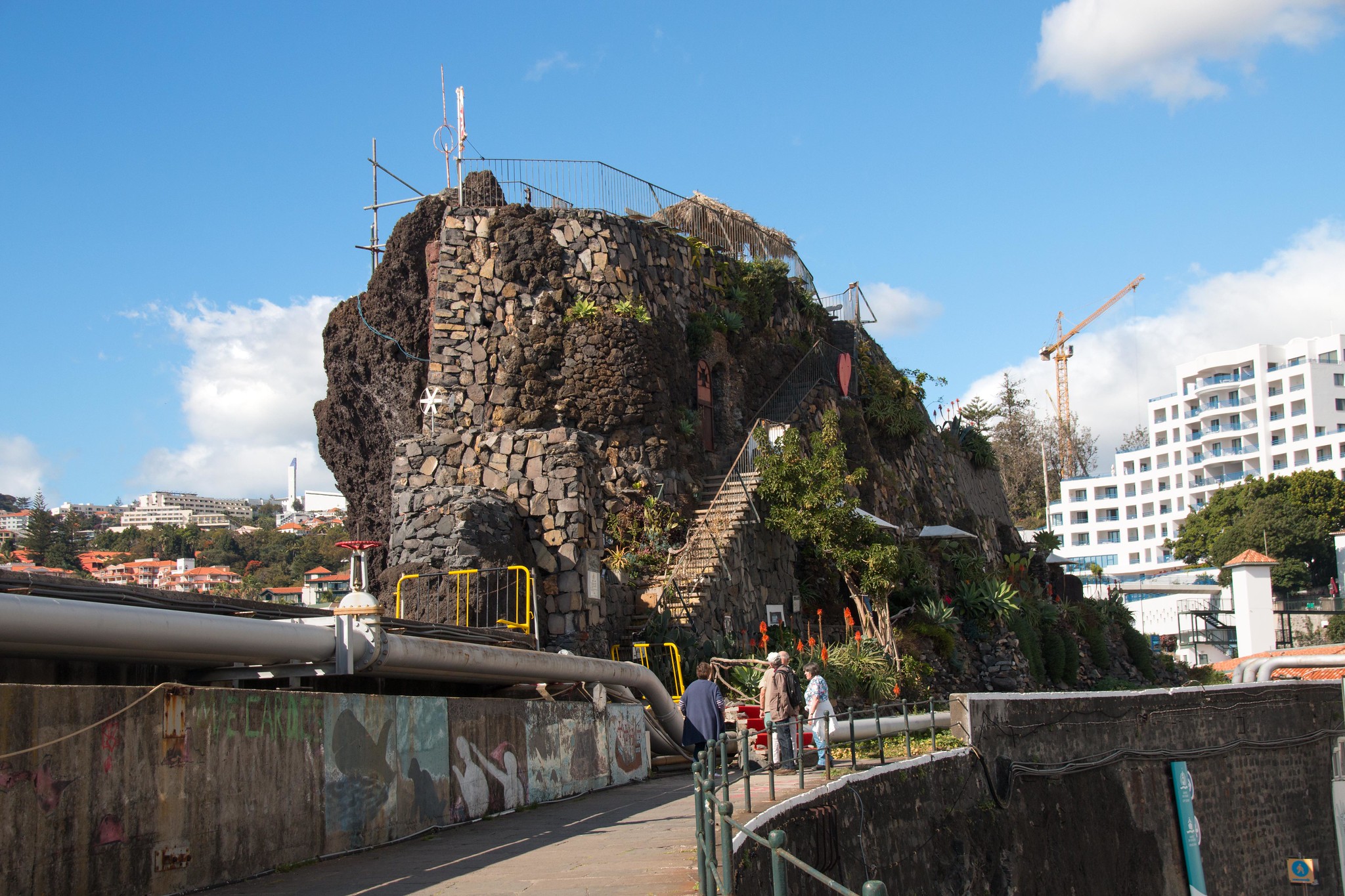
This micronation consists of a single fortress on a tiny islet off the coast of Madeira, Portugal. Art teacher Renato Barros purchased the 500-year-old fort in 2000, subsequently discovering documents suggesting it had never officially been incorporated into Portugal.
The self-appointed Prince Renato II welcomes visitors to the 500-square-foot nation, which features its own flag, constitution, and stamps. Despite limited space, the micronation has hosted small art exhibitions and marriage ceremonies.
The Principality of Outer Baldonia
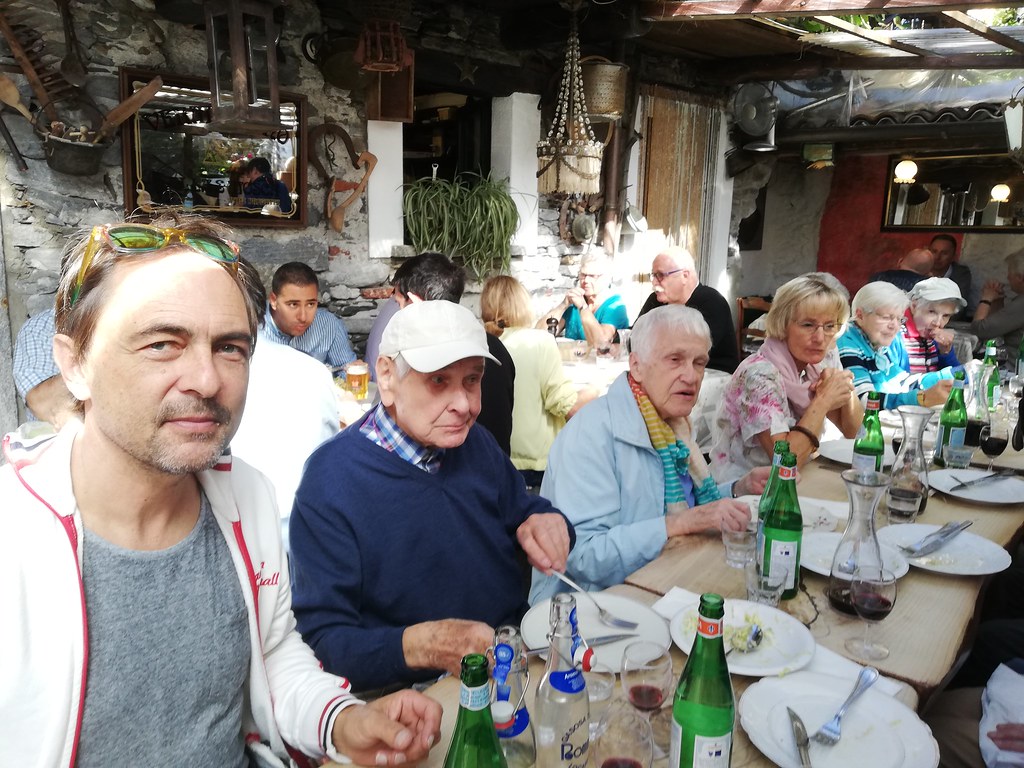
This former micronation consisted of a tiny island off the coast of Nova Scotia, proclaimed independent in 1948 by Russell Arundel, an American businessman and fishing enthusiast. The nation’s unusual constitution emphasized fishing rights and included provisions like “The right to lie and be believed.”
Though the island eventually returned to Canadian control and became a nature preserve, Outer Baldonia’s brief existence demonstrates the historical tradition of playful sovereignty declarations as political commentary.
The Republic of Kugelmugel
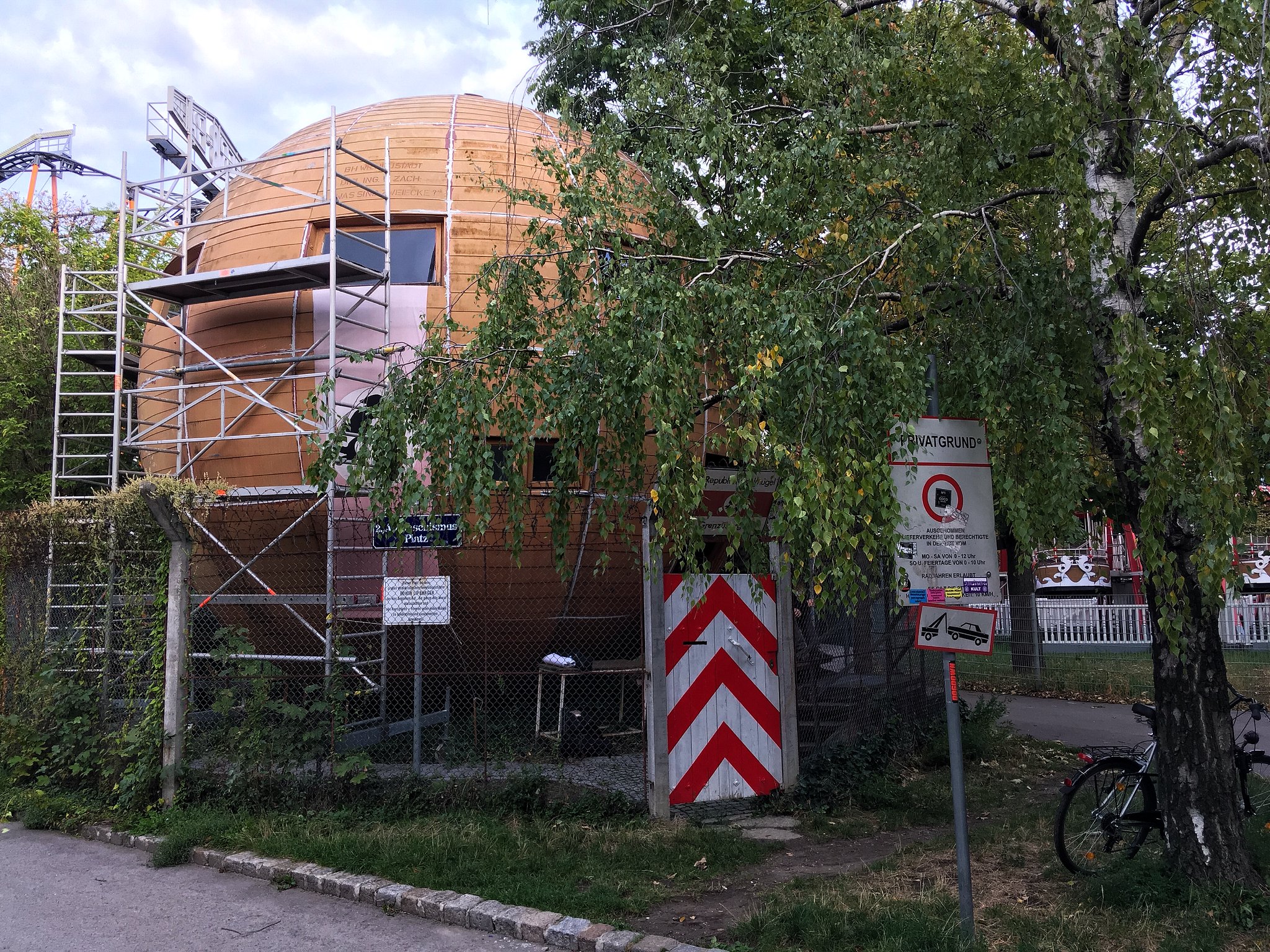
This spherical house in Vienna, Austria, declared independence in 1976 after artist Edwin Lipburger disputed building permits with local authorities. The distinctive ball-shaped dwelling eventually became a tourist attraction in Vienna’s Prater Park, complete with its street address: “Anti-Fascism Square 2.”
Though Lipburger has passed away and independence ambitions have subsided, the structure remains a monument to artistic freedom and architectural rebellion against bureaucratic constraints.
The Principality of Wy

When Australian resident Paul Delprat spent 20 years unsuccessfully petitioning local councils for a driveway to his property, he responded by seceding in 2004. This artist’s residence near Sydney operates as a micronation focused on promoting creative expression, with Delprat serving as Prince and hosting an annual art prize.
The principality maintains cordial relations with Australian authorities while using its sovereign status to highlight issues of bureaucratic inefficiency and property rights.
Talossa

This pioneering internet-based micronation was founded in 1979 by then-14-year-old Robert Ben Madison in his Milwaukee bedroom. Talossa developed an elaborate constructed language, extensive historical records, and a complex political system long before most people had internet access.
The nation evolved into one of the earliest online communities, eventually splitting into factions with rival governments. Its four-decade history demonstrates how micronations can create lasting cultural identities and serve as laboratories for political theory.
The Republic of Whangamomona
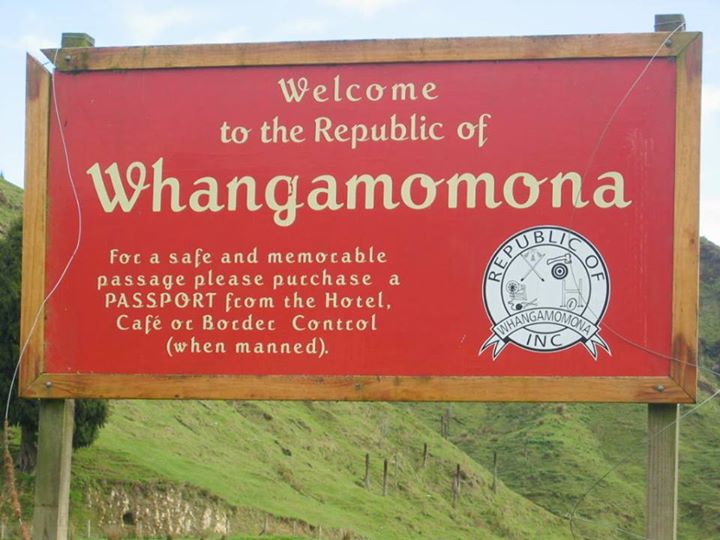
This remote village in New Zealand declared independence in 1989 when regional boundary changes threatened to move them from their traditional province to another. During its independence day celebration, the republic elects a president every two years, with past leaders including a goat and a poodle.
Visitors can get their passports stamped at the local hotel, and the 150 residents maintain their separate identity despite functionally remaining part of New Zealand for practical purposes.
Shades of Sovereignty
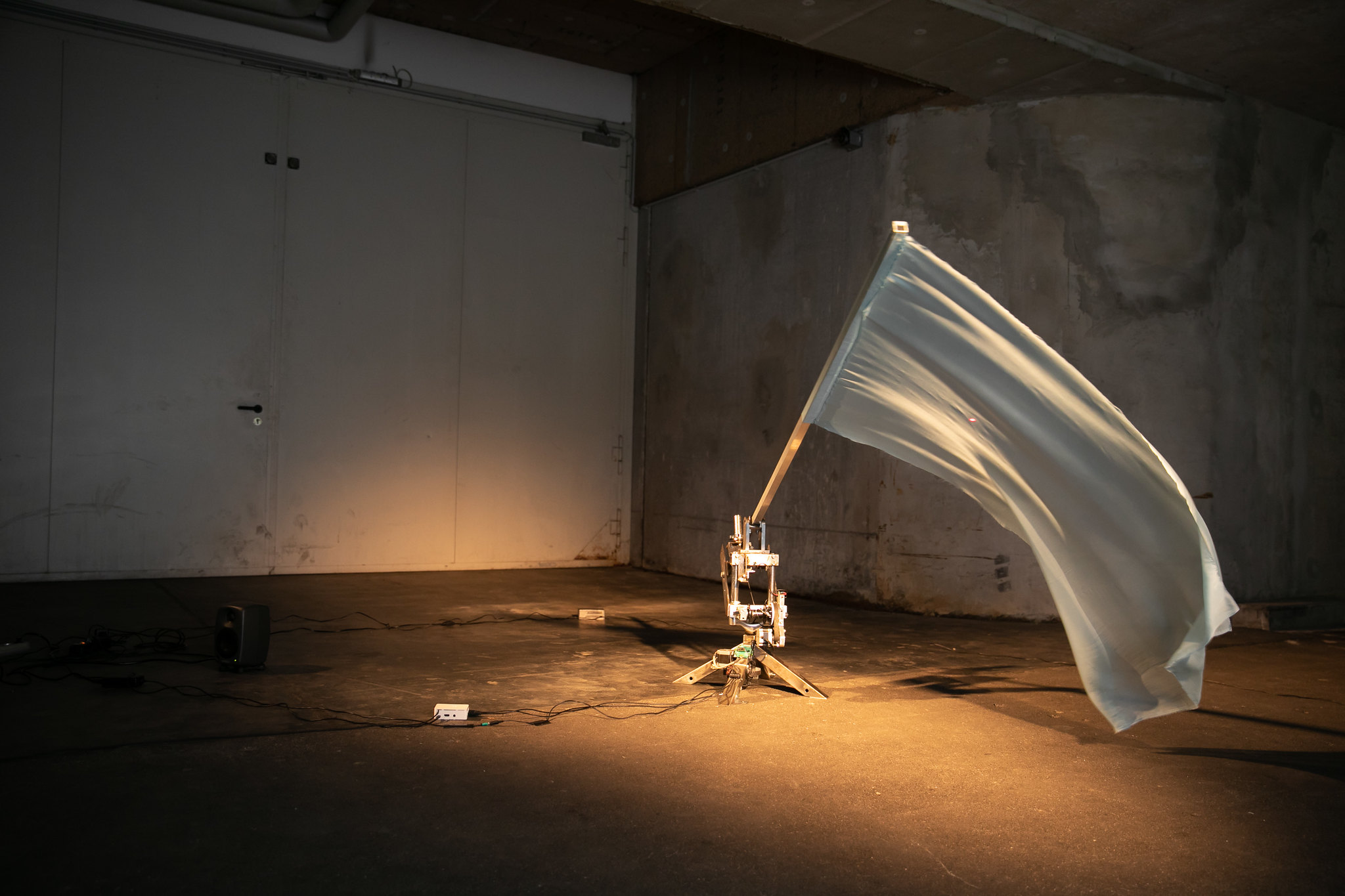
These micro-states exist in the gray areas of international law, challenging our understanding of what makes a nation legitimate. While most function as artistic projects, tourist attractions, or political protests rather than viable independent countries, they reveal the power of declaring sovereignty as a form of expression.
From isolated sea platforms to artistic enclaves within established cities, these tiny territories remind us that nationhood ultimately exists in the minds of those who believe in it, proving that sometimes the boldest geopolitical statements come in the smallest packages.
More from Travel Pug

- Cities Growing so Fast You Won’t Recognize Them in 10 Years
- 13 Destinations Where Tourists Regularly Regret Their Trip
- 16 U.S. Cities That Are Quietly Becoming Travel Hotspots
- Where to Travel If You Love Long Bus Rides and Daydreams
- 20 Cities Perfect for Solo Travelers Who Crave Adventure & Culture
Like Travel Pug’s content? Follow us on MSN.
